Home>Furniture & Design>Outdoor Furniture>How To Arrange Plants Outdoor
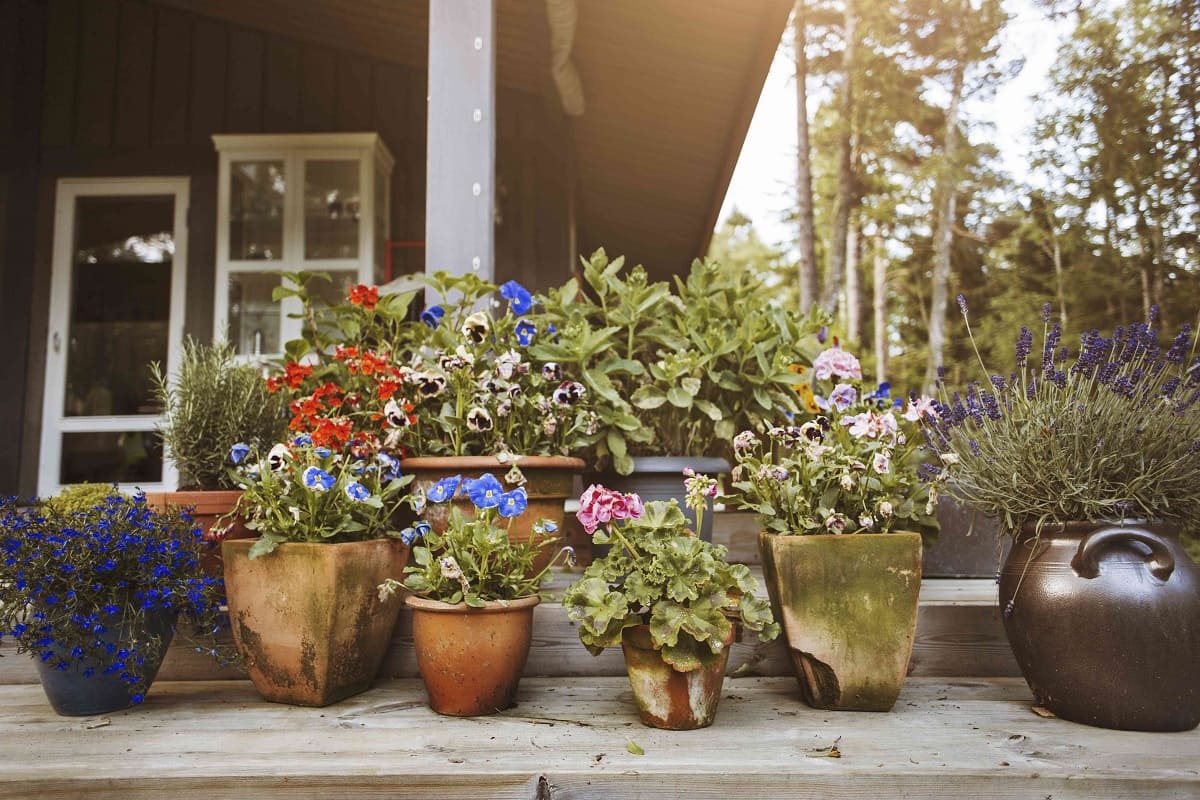

Outdoor Furniture
How To Arrange Plants Outdoor
Modified: August 17, 2024
Discover expert tips for arranging outdoor plants and creating a stylish outdoor space with the best outdoor furniture and design ideas. Transform your outdoor area into a relaxing and inviting oasis.
(Many of the links in this article redirect to a specific reviewed product. Your purchase of these products through affiliate links helps to generate commission for Storables.com, at no extra cost. Learn more)
Choosing the Right Plants for Outdoor Spaces
When it comes to enhancing the beauty of your outdoor spaces, selecting the right plants is crucial. The perfect plants can transform a mundane patio, deck, or garden into a vibrant and inviting oasis. Here are some essential factors to consider when choosing the ideal plants for your outdoor areas:
- Climate Compatibility: Before selecting any plants, it’s vital to consider the climate of your region. Different plants thrive in different climates, so it’s important to choose varieties that are well-suited to the temperature, sunlight, and precipitation levels of your area. For instance, succulents and cacti are ideal for arid regions, while ferns and hostas thrive in cooler, shaded environments.
- Space and Size: Assess the available space in your outdoor area to determine the size and quantity of plants that will best complement the area. If you have a small balcony, compact plants like petunias or dwarf citrus trees may be more suitable, while sprawling gardens can accommodate larger plants such as hydrangeas or ornamental grasses.
- Visual Appeal: Consider the aesthetic you wish to achieve. Do you prefer vibrant blooms, lush greenery, or a mix of both? Select plants that align with your desired visual theme to create a cohesive and appealing outdoor space.
- Practicality and Maintenance: Evaluate the level of maintenance you are willing to commit to. If you have a busy schedule, low-maintenance plants like lavender, yucca, or ornamental grasses may be the best choice. Conversely, if you enjoy gardening and have the time to dedicate to plant care, you can opt for more demanding species that offer a higher level of visual impact.
By carefully considering these factors, you can choose plants that not only survive but thrive in your outdoor spaces, elevating the ambiance and creating a welcoming environment for relaxation and enjoyment.
Key Takeaways:
- Choose outdoor plants based on climate, space, visual appeal, and maintenance level to create a vibrant and inviting outdoor oasis that thrives in your specific environment.
- Select containers for outdoor plants based on material, drainage, size, visual harmony, and mobility to support plant health and enhance the beauty of your outdoor space.
Read more: How To Arrange Potted Plants On A Patio
Selecting the Right Containers for Outdoor Plants
Choosing the appropriate containers for your outdoor plants is a crucial step in creating an inviting and visually appealing environment. The right containers not only complement the plants but also contribute to the overall aesthetic of your outdoor space. Here are some key considerations to keep in mind when selecting containers for your outdoor plants:
- Material: Containers come in various materials, including terracotta, plastic, metal, wood, and fiberglass. Each material has unique properties that can affect the health and growth of your plants. For instance, terracotta provides good insulation but may dry out more quickly, while plastic containers are lightweight and retain moisture well. Consider the specific needs of your plants when choosing the most suitable material.
- Drainage: Adequate drainage is essential for the health of outdoor plants. Ensure that the containers have drainage holes to prevent water from accumulating and causing root rot. If you fall in love with a container that lacks drainage holes, you can create them yourself using a drill to maintain the health of your plants.
- Size and Shape: The size and shape of the containers should complement the plants and the outdoor space. Larger plants require larger containers to accommodate their root systems and provide stability, while trailing or cascading plants may benefit from hanging baskets or tall, narrow containers to showcase their natural growth patterns.
- Visual Harmony: Consider the overall style and design of your outdoor space when selecting containers. Choose containers that harmonize with the existing decor, whether it’s a sleek and modern look, a rustic and natural feel, or a colorful and eclectic atmosphere. Coordinating the containers with the surrounding elements will contribute to a cohesive and visually appealing outdoor display.
- Mobility: If you live in a climate with extreme temperatures, you may need to move your plants to protect them from frost or excessive heat. Select containers that are easy to move and reposition as needed, ensuring the well-being of your plants throughout the changing seasons.
By carefully considering these factors, you can select containers that not only support the health and growth of your outdoor plants but also contribute to the overall beauty and charm of your outdoor space.
Arranging Plants to Create Visual Interest
Arranging plants in outdoor spaces is an art form that can elevate the ambiance and visual appeal of your surroundings. Whether you have a small balcony, a spacious patio, or a sprawling garden, thoughtful plant arrangements can transform any outdoor area into a captivating and inviting retreat. Here are some tips for arranging plants to create visual interest:
- Height Variation: Incorporating plants of different heights adds dimension and visual interest to your outdoor space. Tall plants such as ornamental grasses or vertical climbers can create a sense of verticality, while medium and low-growing plants like petunias, begonias, or succulents fill in the space and add layers of texture.
- Color Coordination: Select plants with blooms or foliage that complement each other to create a harmonious color palette. Consider the overall color scheme of your outdoor space and choose plants that enhance and enliven the environment. For example, pairing vibrant red geraniums with the lush greenery of ferns can create a striking visual contrast.
- Grouping and Repetition: Grouping plants with similar characteristics or colors can create a cohesive and impactful display. Repetition of certain plant varieties or colors throughout the outdoor area can tie the space together and create a sense of unity and balance.
- Container Combinations: Experiment with different container combinations to add visual interest. Mixing and matching containers of varying sizes, shapes, and materials can create a dynamic and visually appealing arrangement. Consider combining hanging baskets, tall planters, and ground-level containers to add depth and diversity to the display.
- Focal Points: Introduce focal points within your outdoor plant arrangements to draw attention and create a sense of balance. This could be a striking specimen plant, a decorative sculpture, or a carefully placed seating area surrounded by lush greenery. Focal points anchor the visual composition and create a captivating centerpiece for the outdoor space.
By incorporating these techniques, you can arrange your outdoor plants in a way that captivates the eye, creates a sense of harmony, and transforms your outdoor space into a captivating and visually appealing oasis.
When arranging plants outdoors, consider their sunlight and water needs. Place sun-loving plants in direct sunlight and shade-loving plants in shaded areas. Group plants with similar watering needs together to make maintenance easier.
Caring for Outdoor Plants
Once you’ve carefully selected and arranged your outdoor plants, it’s essential to provide them with the care they need to thrive and flourish in their environment. Proper maintenance and attention to the specific needs of each plant are essential for ensuring their long-term health and beauty. Here are some key aspects to consider when caring for your outdoor plants:
- Watering: Adequate and consistent watering is crucial for the well-being of outdoor plants. Be mindful of the specific water requirements of each plant species, taking into account factors such as soil moisture, sunlight exposure, and seasonal changes. Avoid overwatering or underwatering, as both can negatively impact the health of the plants.
- Fertilization: Providing the right nutrients through fertilization is vital for the growth and vitality of outdoor plants. Select a suitable fertilizer based on the specific needs of your plants, whether they require a balanced, slow-release, or specialized formula. Follow the recommended application rates and schedules to promote healthy growth and abundant blooms.
- Pruning and Deadheading: Regular pruning and deadheading help maintain the shape, appearance, and flowering capacity of outdoor plants. Remove dead or wilted flowers, as well as any damaged or overgrown branches, to encourage new growth and promote a tidy and well-maintained appearance.
- Weed Control: Keeping outdoor plant beds free of weeds is essential to prevent competition for nutrients and moisture. Regularly inspect the area for weeds and promptly remove them to ensure that your plants have the best possible growing conditions.
- Pest and Disease Management: Monitor your outdoor plants for signs of pests or diseases and take appropriate measures to address any issues promptly. This may involve using organic pest control methods, applying horticultural oils, or seeking professional advice if a severe infestation or disease outbreak occurs.
- Seasonal Considerations: Be mindful of seasonal changes and adjust your plant care routines accordingly. In colder months, protect sensitive plants from frost, while in hot weather, provide adequate shade and hydration to prevent heat stress.
By tending to the specific needs of your outdoor plants and providing them with the care and attention they require, you can ensure that they thrive and contribute to the beauty and vitality of your outdoor space for years to come.
Creating a Beautiful Outdoor Plant Display
Transforming your outdoor space into a stunning and captivating display of plants involves a thoughtful blend of creativity, design principles, and horticultural expertise. By integrating various elements and considering the overall aesthetic, you can craft a visually striking and harmonious outdoor plant display that enhances the allure of your surroundings. Here are key strategies for creating a beautiful outdoor plant display:
- Consider the Overall Theme: Define the theme or style you wish to convey in your outdoor space. Whether it’s a lush tropical oasis, a serene Japanese-inspired garden, or a vibrant Mediterranean courtyard, establishing a cohesive theme will guide your plant selection and arrangement decisions.
- Layering and Texture: Incorporate plants with diverse textures, heights, and forms to create depth and visual interest. Utilize a mix of ground-level plantings, mid-level shrubs, and taller specimens to establish a dynamic and layered composition that draws the eye and engages the senses.
- Seasonal Variety: Plan for seasonal interest by incorporating plants that offer blooms, foliage, or unique characteristics during different times of the year. This ensures that your outdoor display remains captivating and vibrant, evolving with the changing seasons and delighting viewers throughout the year.
- Artful Arrangement: Pay attention to the arrangement of plants, considering color combinations, focal points, and the flow of visual elements. Create natural pathways and inviting focal areas within the display to encourage exploration and appreciation of the outdoor space.
- Complementary Elements: Enhance the plant display with complementary elements such as decorative containers, garden ornaments, seating areas, or water features. These additional elements contribute to the overall ambiance and charm of the outdoor space, elevating the visual appeal of the plant display.
- Lighting and Ambiance: Incorporate strategic lighting to highlight key elements of the outdoor plant display, creating a captivating nighttime ambiance. Consider the placement of landscape lighting to showcase focal plants, architectural features, and pathways, extending the enjoyment of the display into the evening hours.
By integrating these strategies and infusing your creativity and personal touch, you can curate a stunning outdoor plant display that captivates the senses, evokes a sense of tranquility, and becomes a focal point of beauty within your outdoor living space.
Frequently Asked Questions about How To Arrange Plants Outdoor
Was this page helpful?
At Storables.com, we guarantee accurate and reliable information. Our content, validated by Expert Board Contributors, is crafted following stringent Editorial Policies. We're committed to providing you with well-researched, expert-backed insights for all your informational needs.
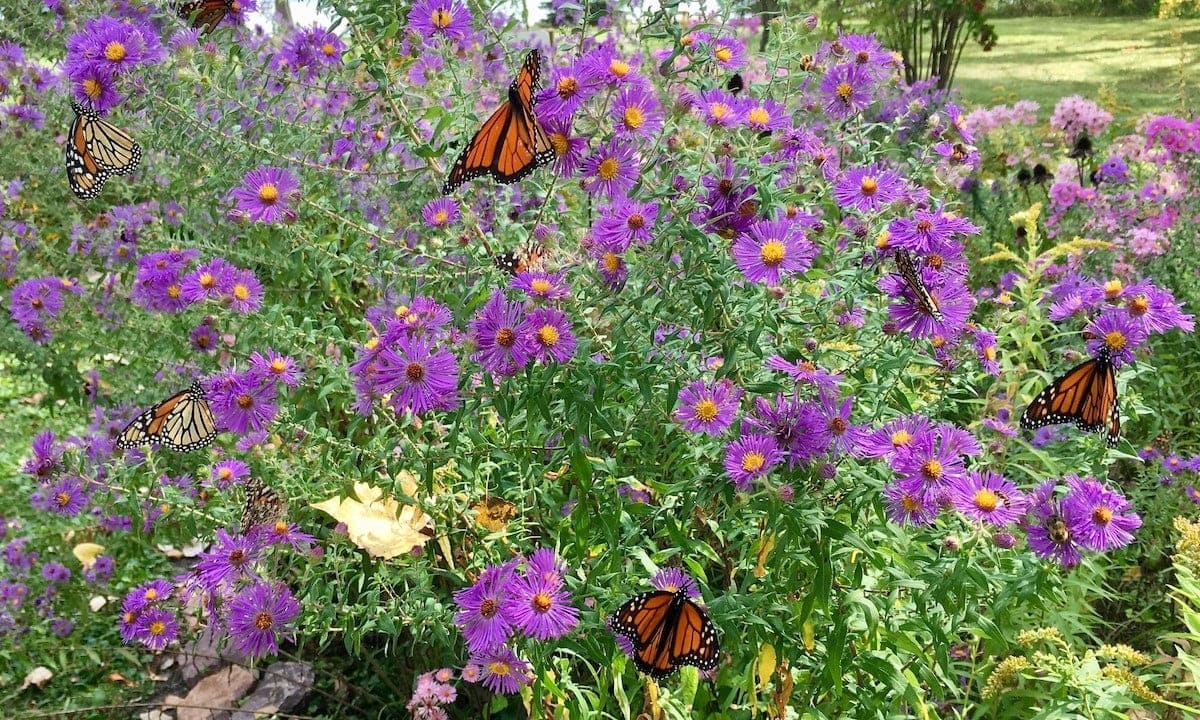
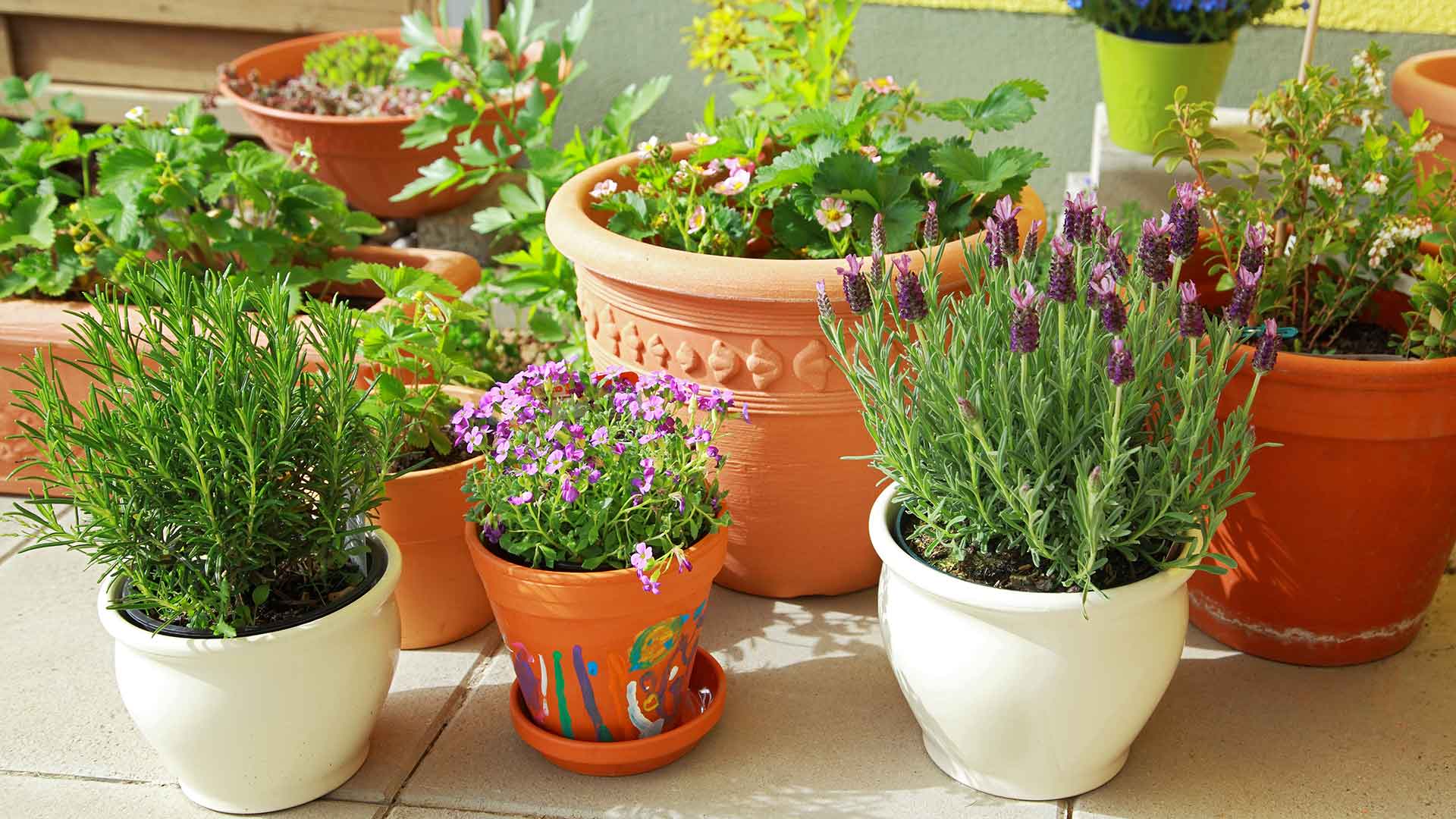
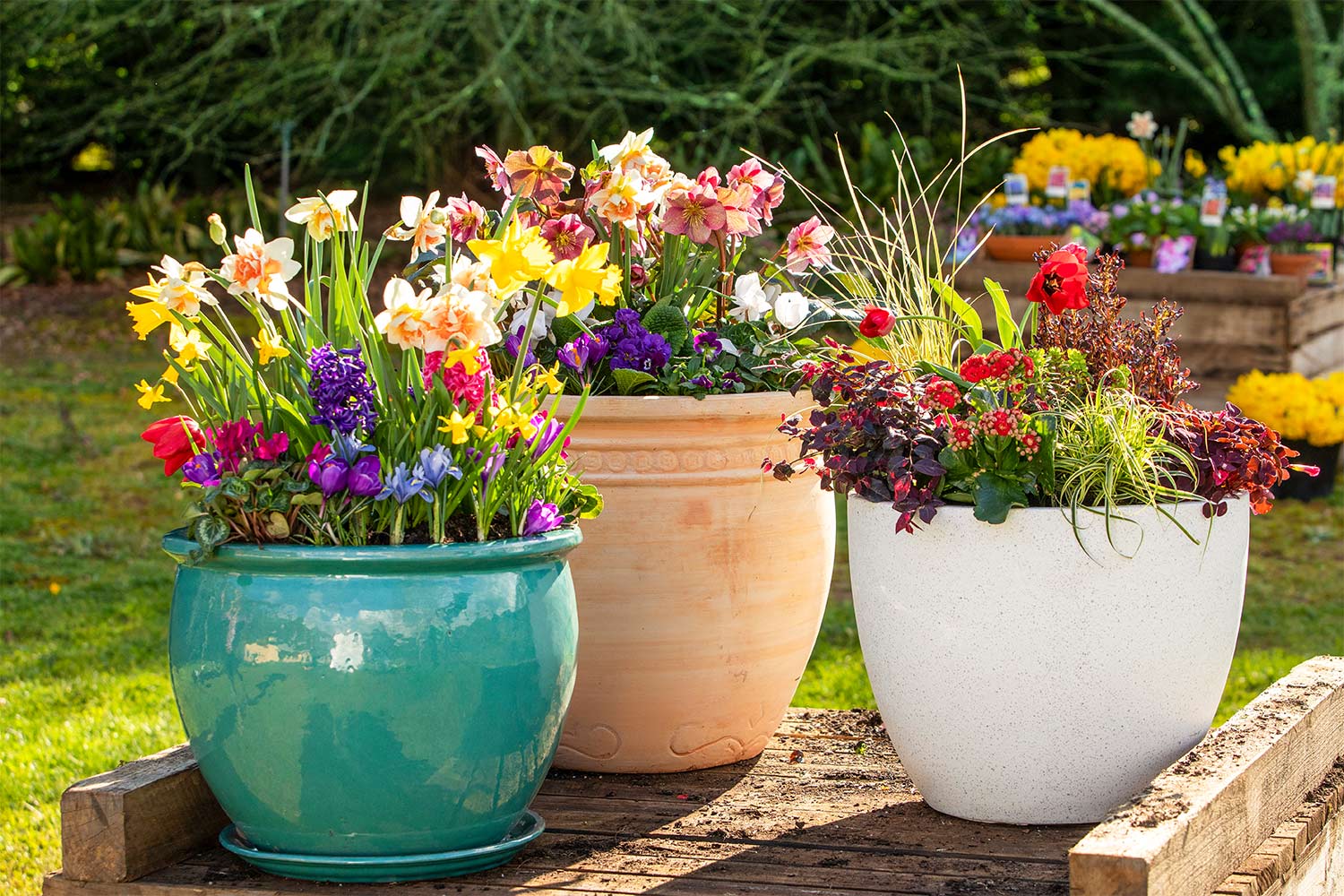
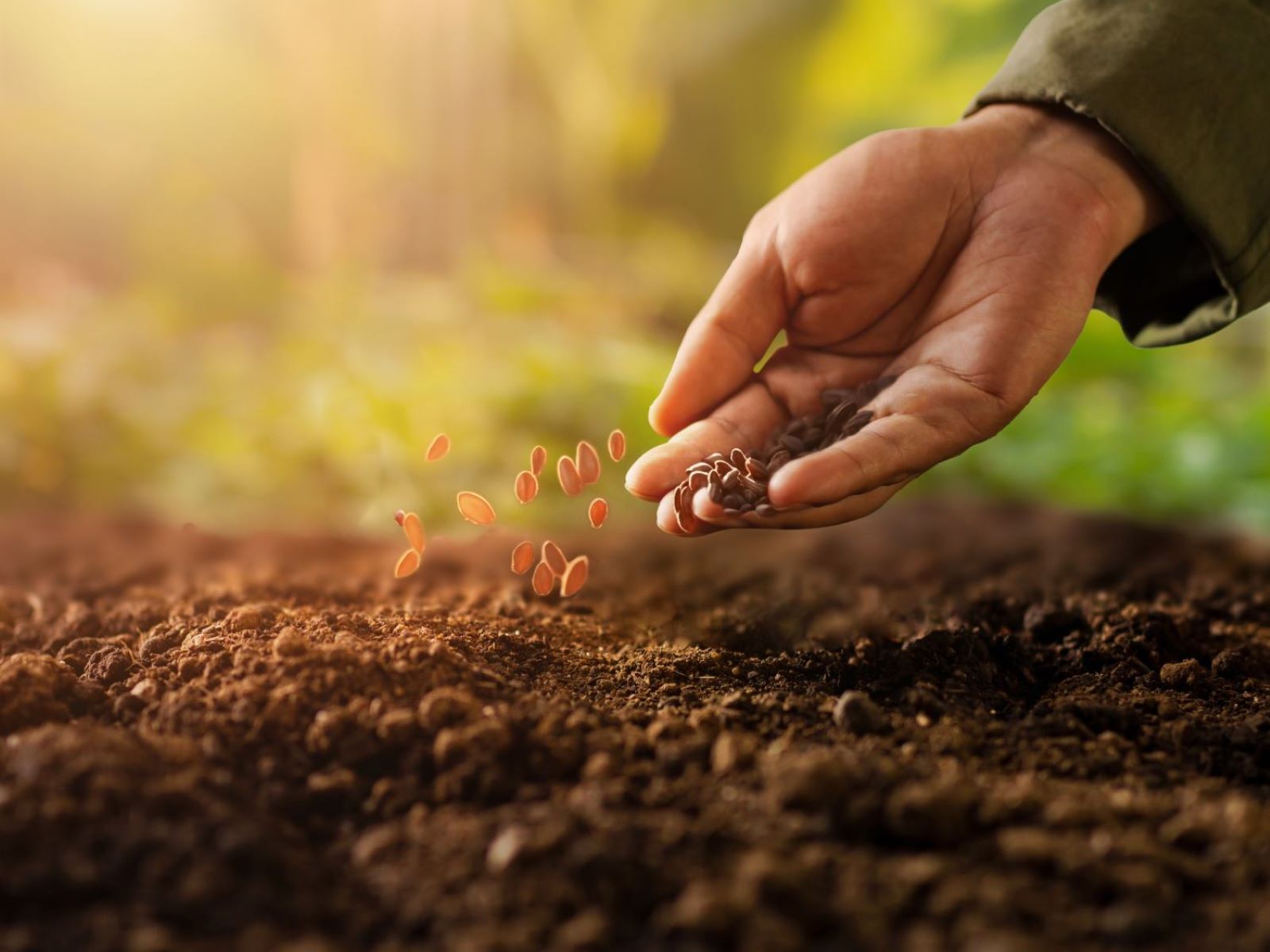
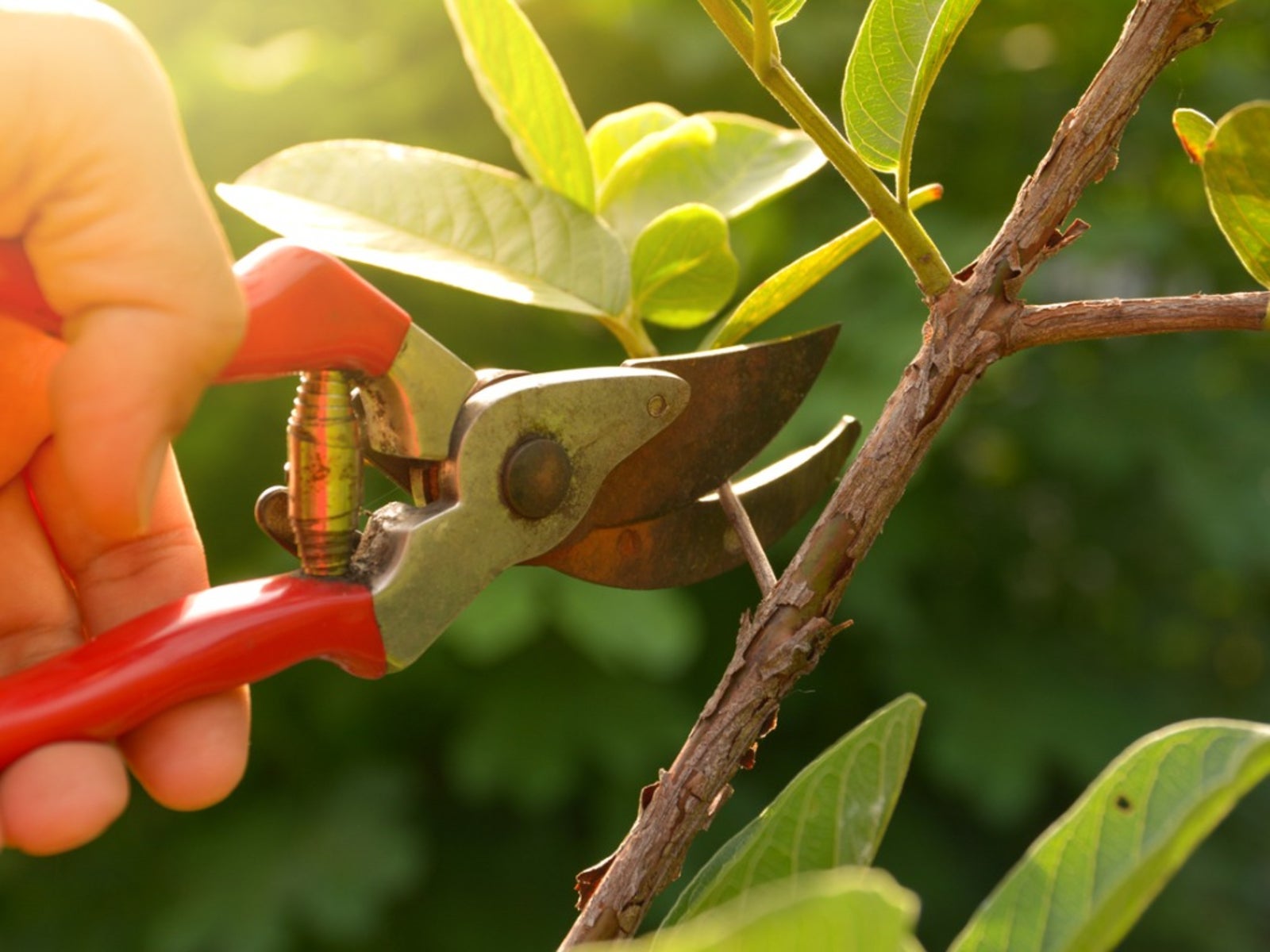
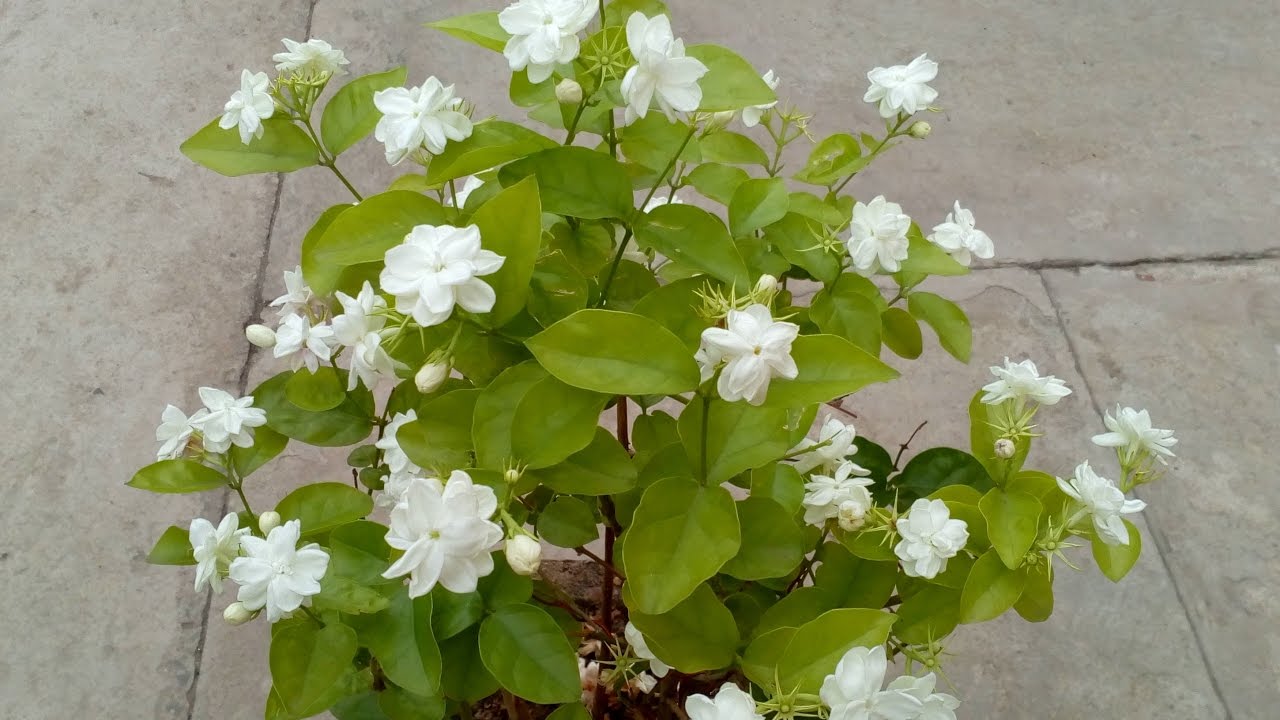
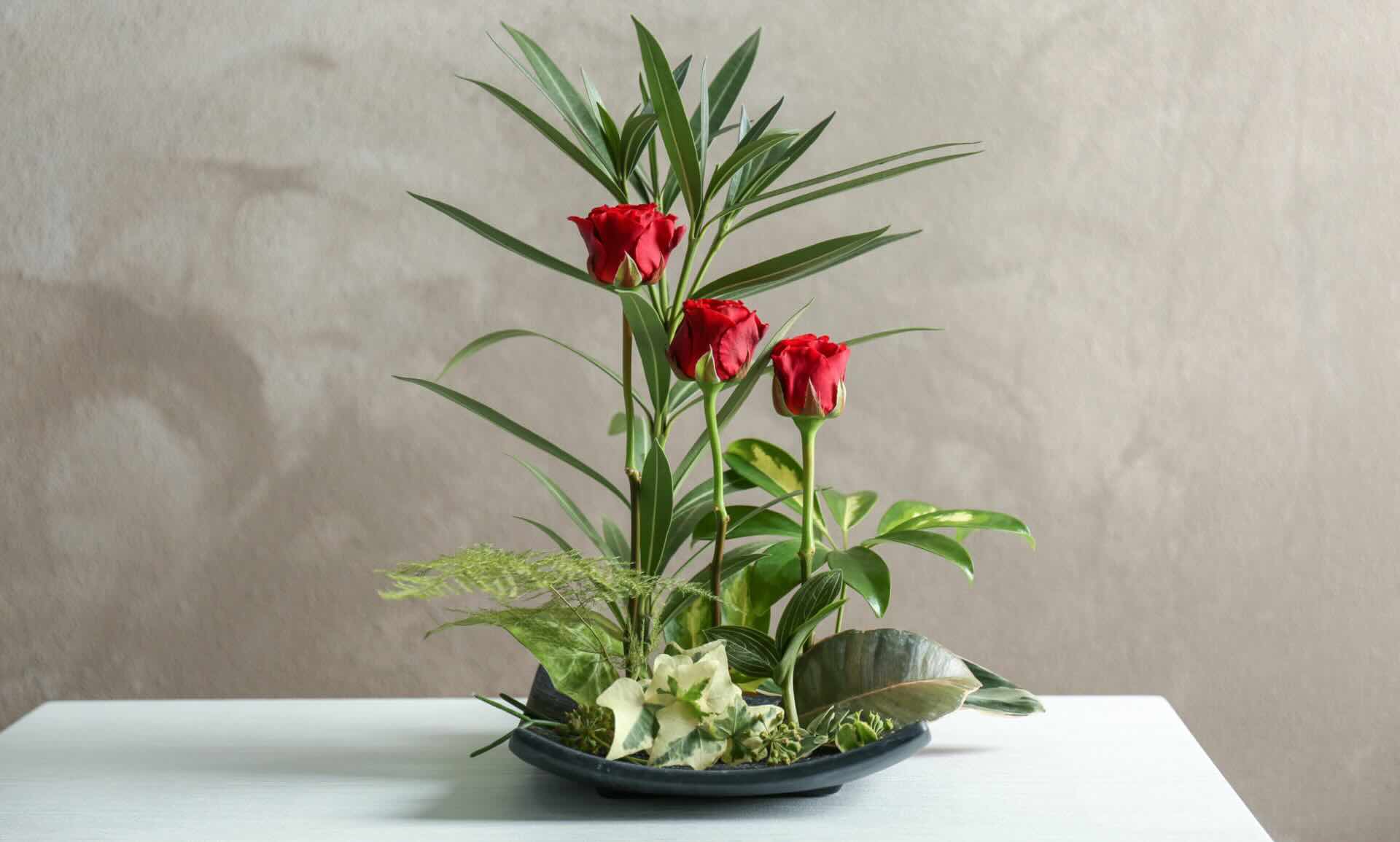
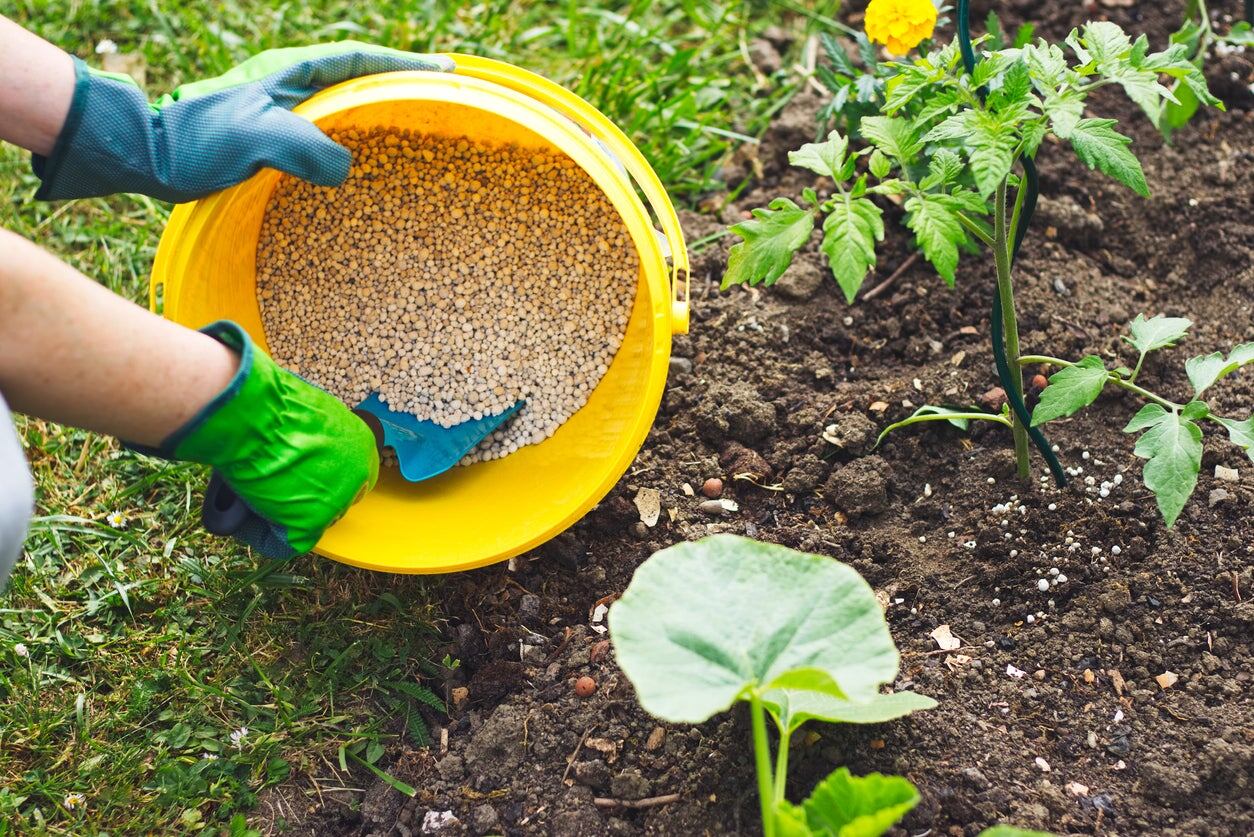
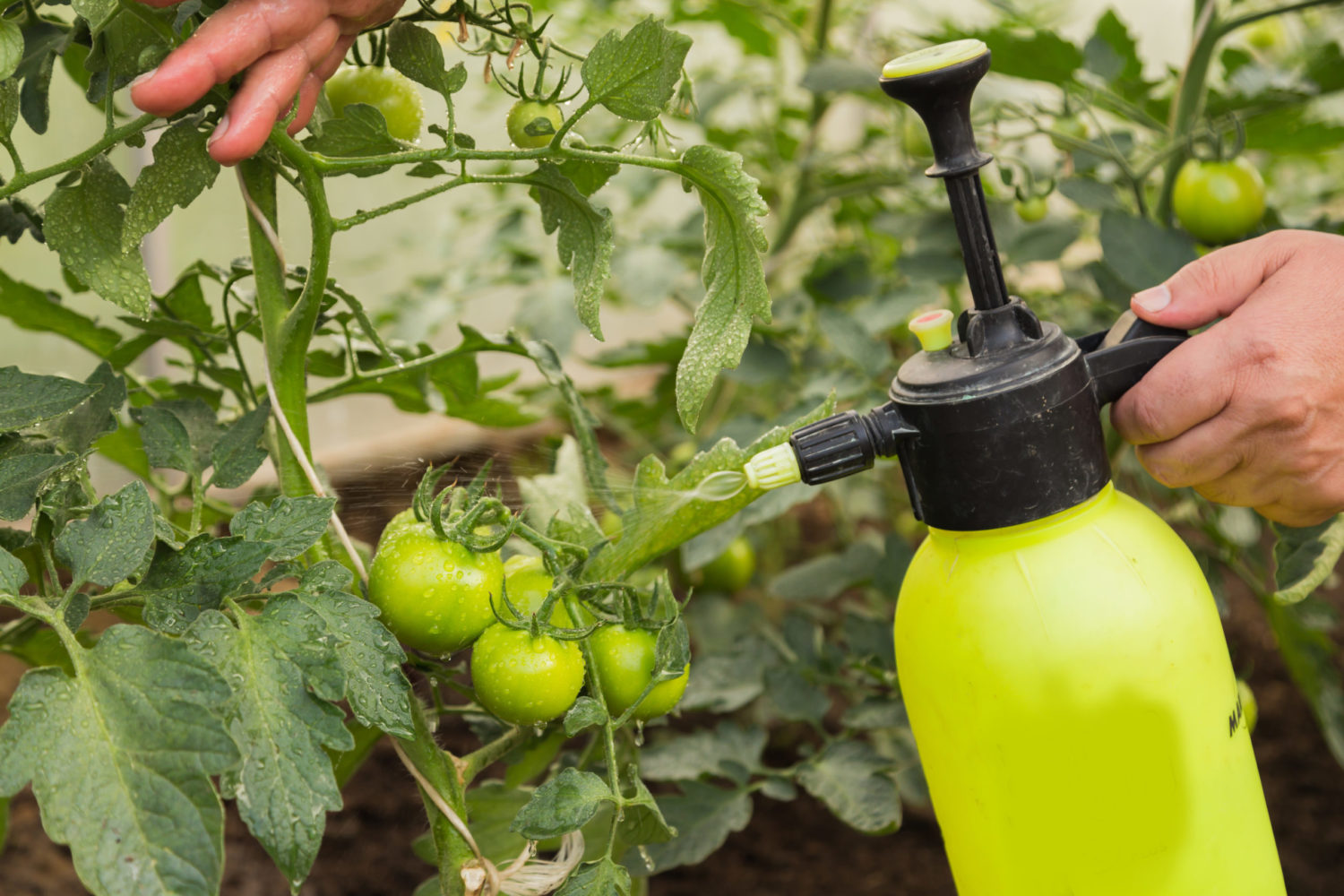
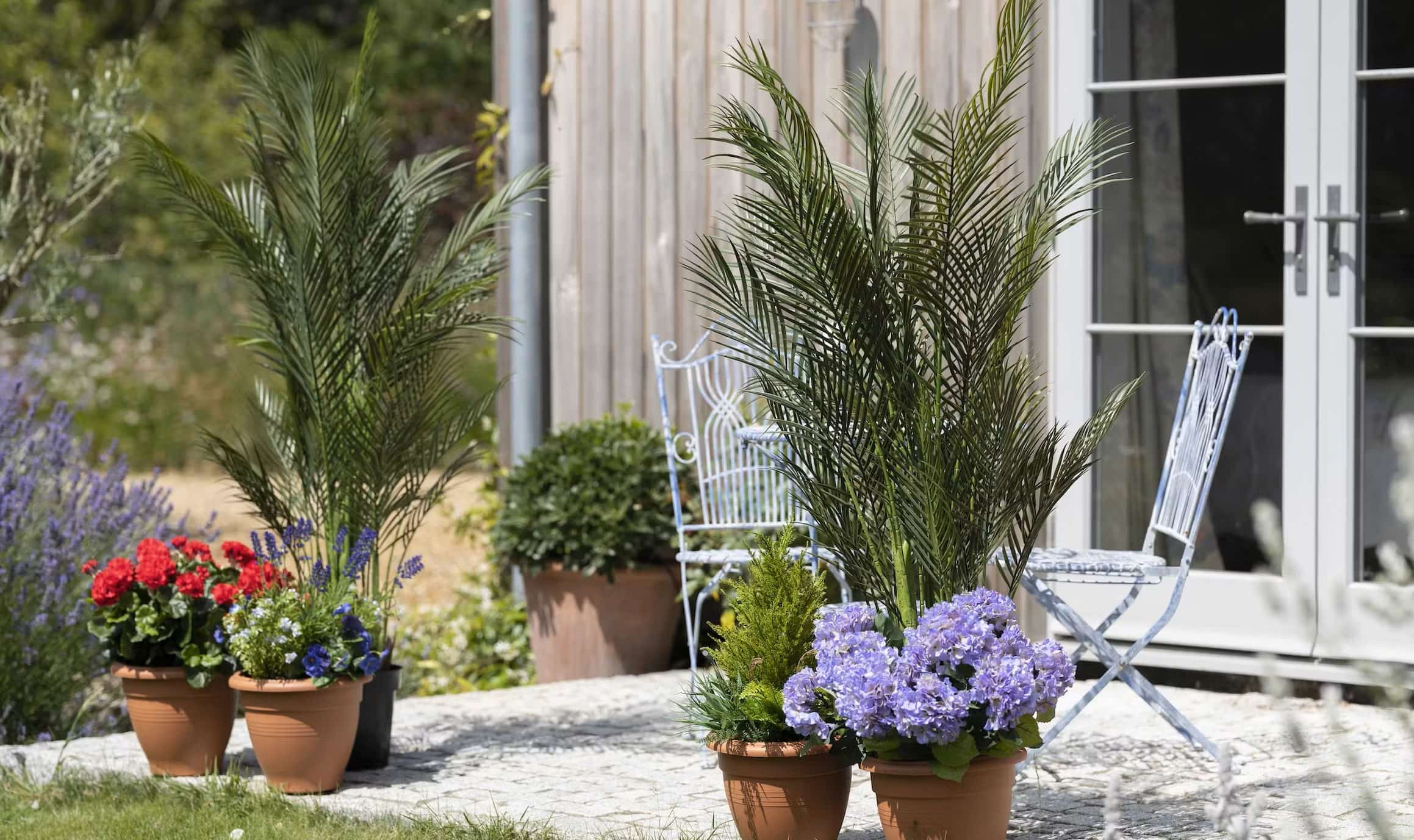
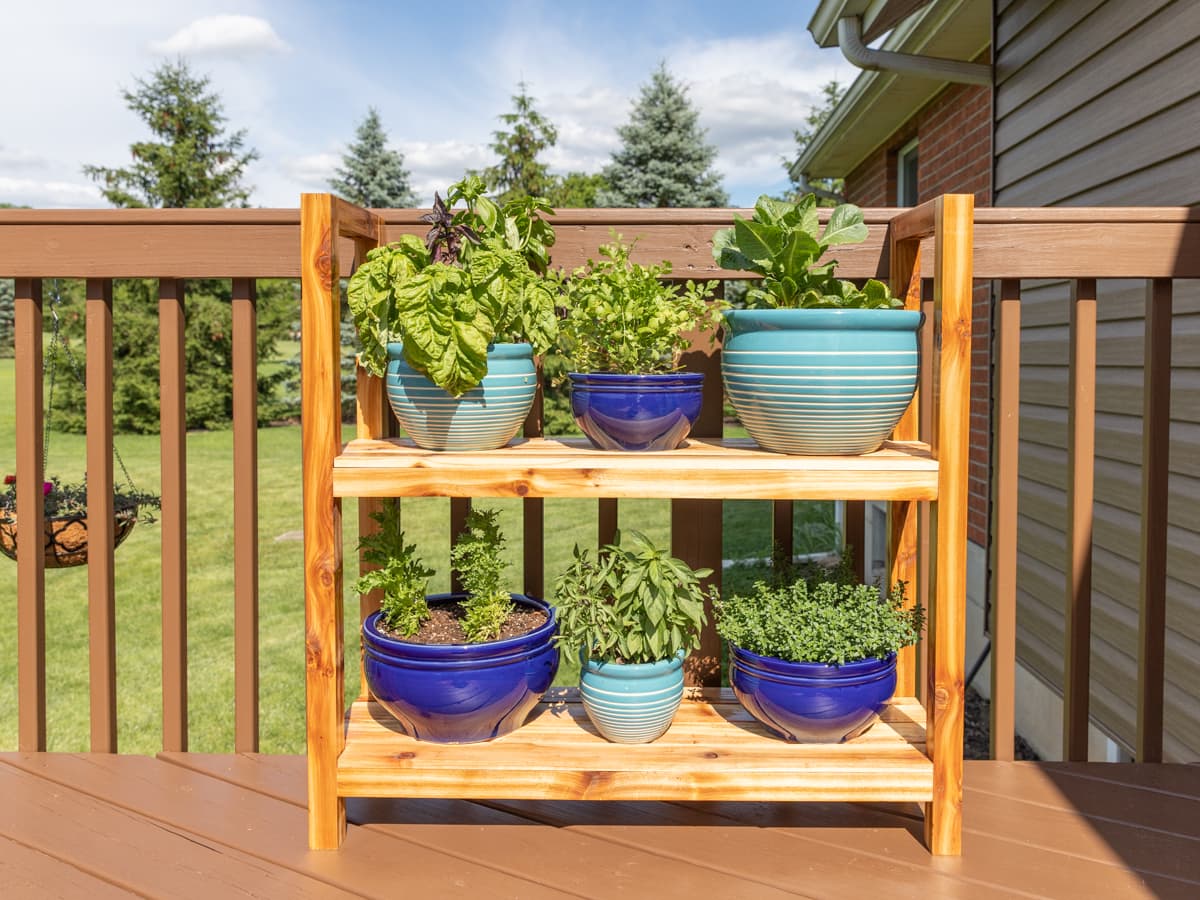
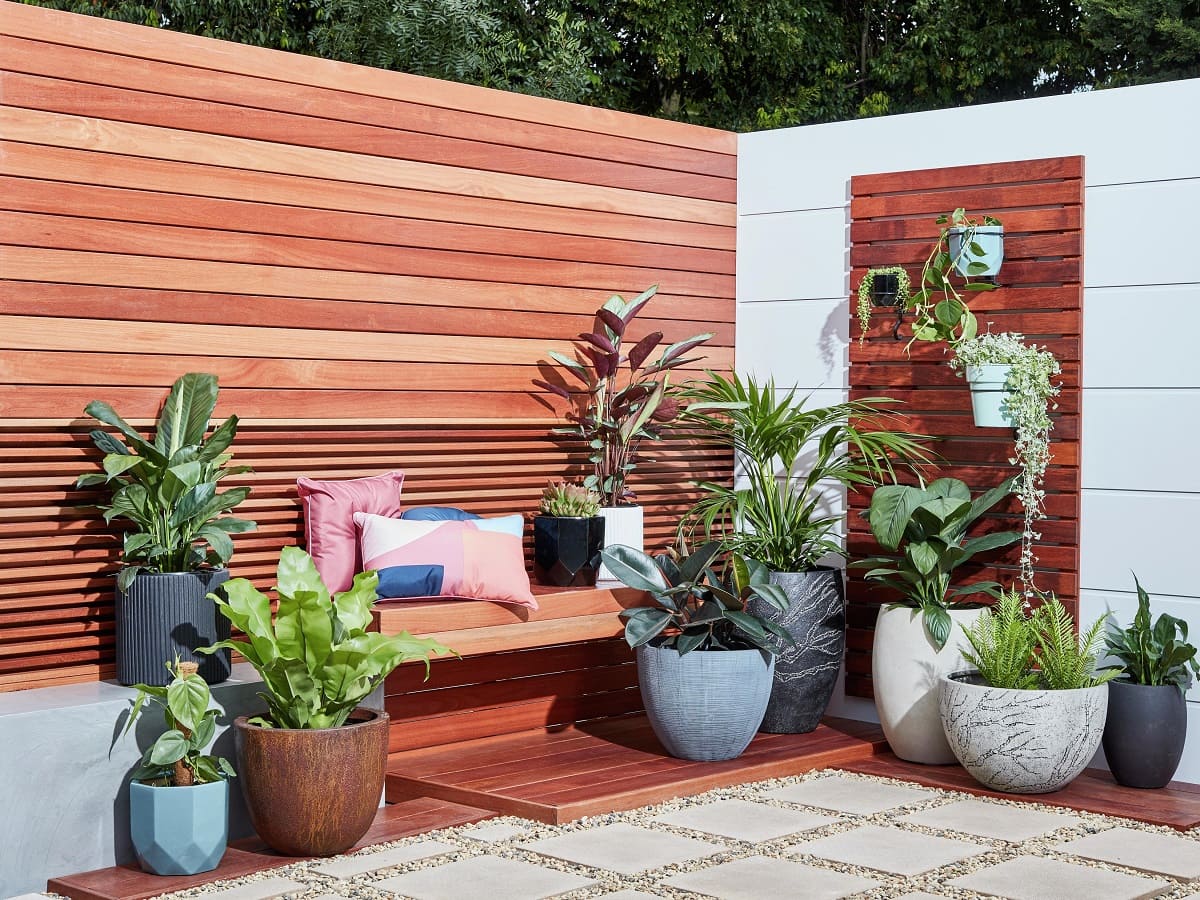
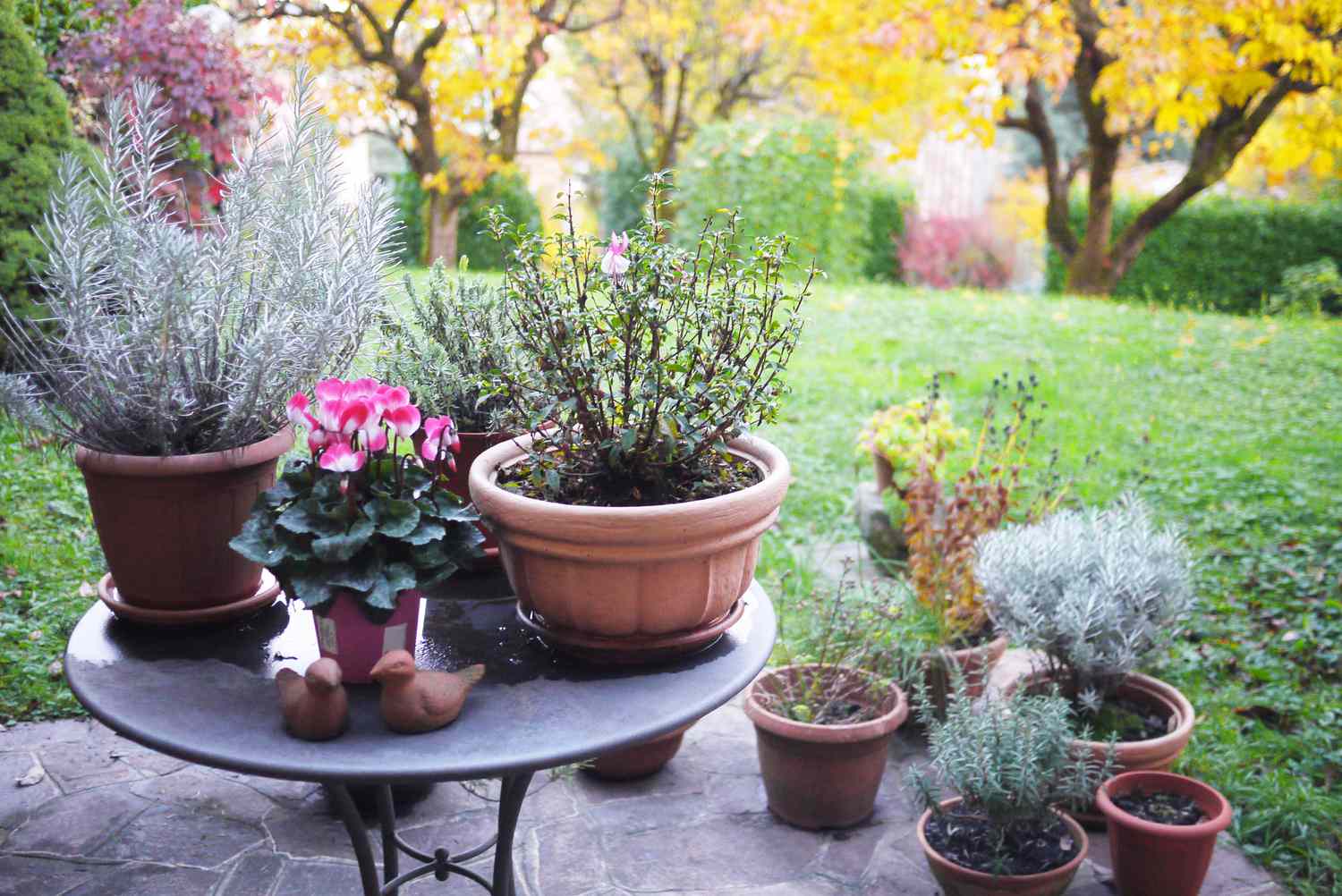
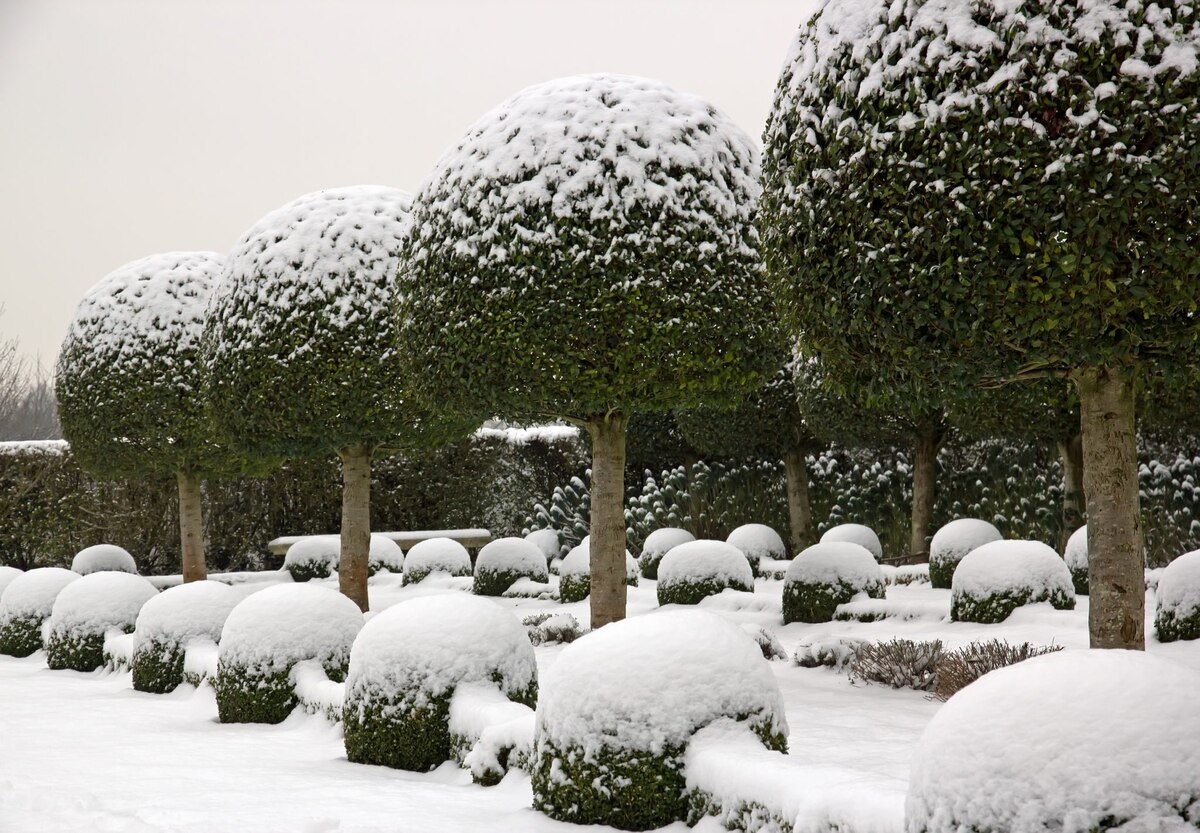
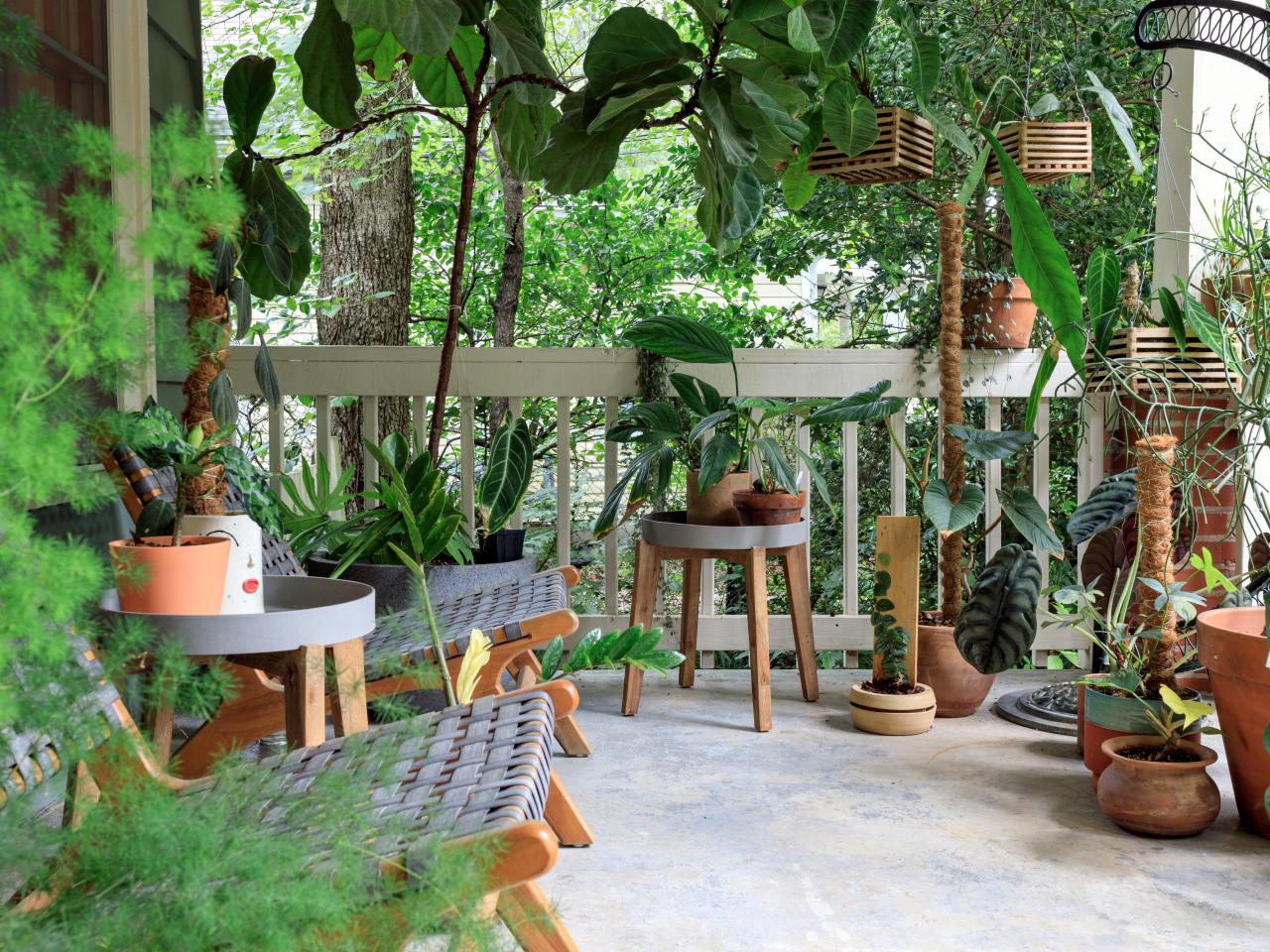

0 thoughts on “How To Arrange Plants Outdoor”